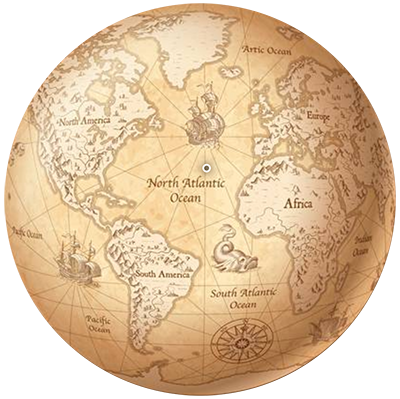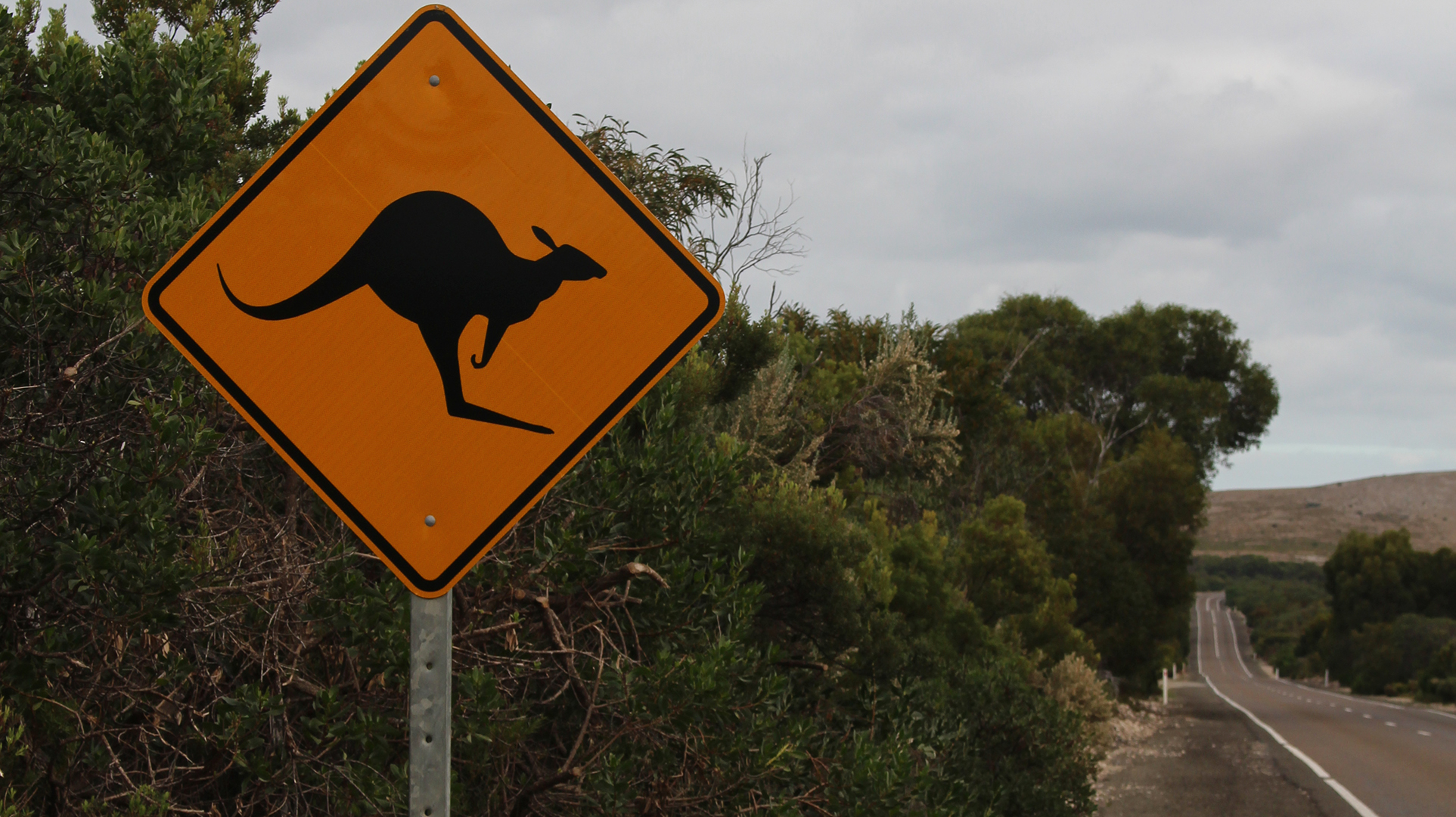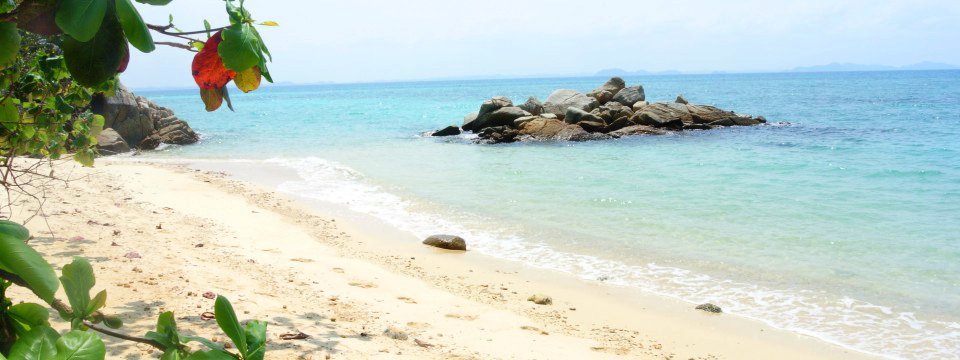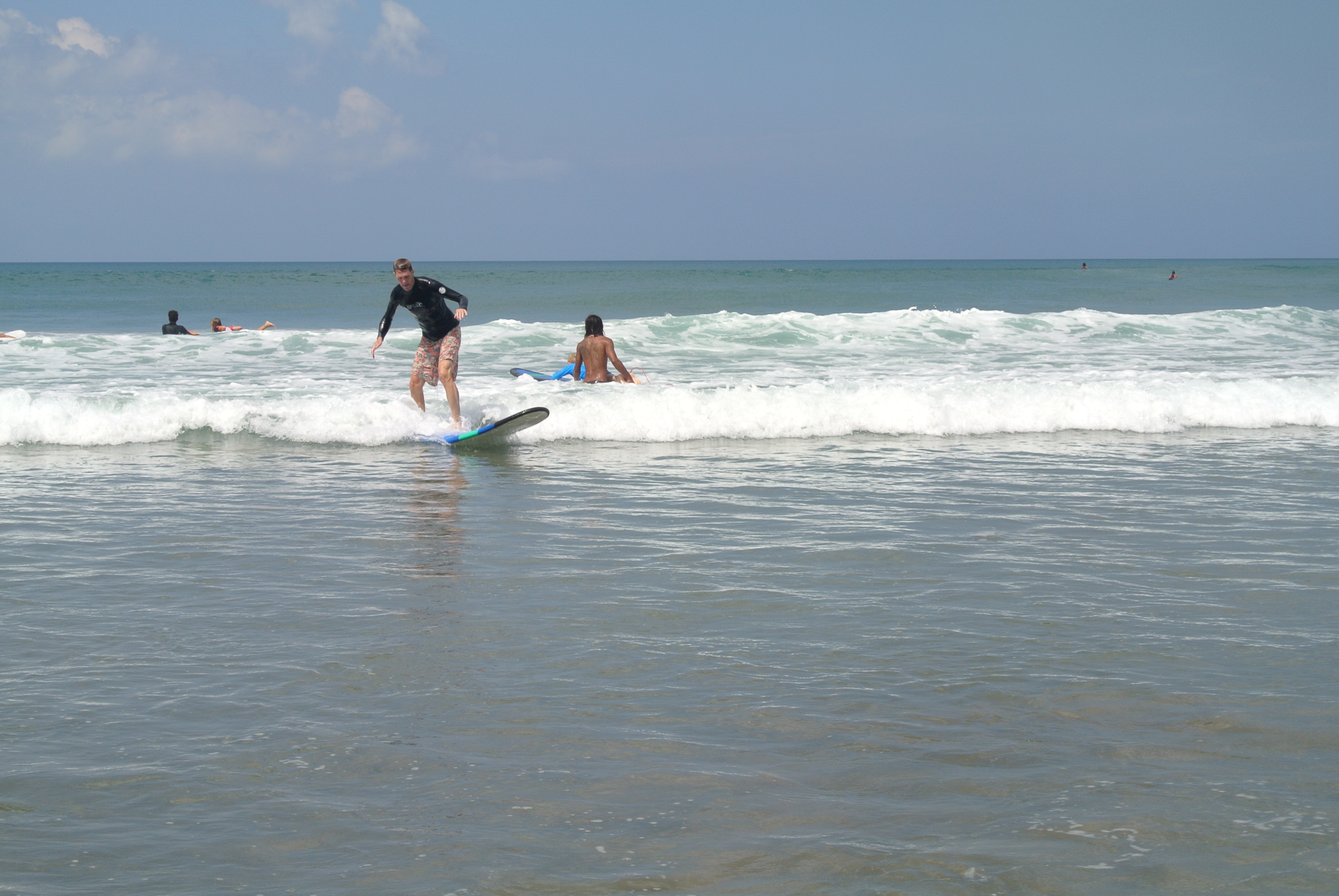Just 15 kilometers off the tip of South Australia is an island where time seems to go slower than in the real world. Kangaroo Island split off from the mainland 10,000 years ago, before species of predators such as fox and rabbit were introduced by Europeans, making the island a natural preserve for countless indigenous animals and plants. The government capitalized on its isolation by establishing an environmental preserve there in the 1920s and transferring emus, koalas and all manner of species to these protected shores, a natural microcosm of Australian landscape from its rocky beaches to its dusty bush, dense with eucalyptus and cypress.

But there are still threats to life on Kangaroo Island. The island’s name, in fact, comes not from the fact that over 200,000 kangaroos roam the 4,500 square kilometer island, but from the tale of its discovery. It goes that when Matthew Flinders, a cartographer, first landed in 1802 the kangaroos lived here in such abundance and without natural predators that they hopped up to the beach in curiosity — only to be clubbed by the famished sailors, who named the island after the guests of honor at the ensuing feast. Today, the island is still only reachable by ferry or plane from mainland Australia. But if roadkill between Penneshaw and Kingscote, the most populous towns on the island, is any gauge, humans are still taking out their share of the beasts.

200,000 kangaroos on KI
Flinders was almost certainly not the first to the island; there are signs of Aboriginal life here over 5,000 years old. Sealers most certainly landed here as well; in these waters the New Zealand fur seals as well as the Australian Sea Lion were hunted nearly to extinction until laws were passed to protect them. Seal Bay, sheltered from the sharks and swells of the Southern Ocean by a sand bar, provides a sanctuary in which their numbers have multiplied. The 1,000 seals here – one of the world’s largest colonies – have found safe haven on the sandy beach.

While conservation efforts have improved seal populations over ten-fold, Kangaroo Island is a cautionary tale of what can happen when ecological balance is tampered with, whether it be for greed or good. Eighteen transplanted koala bears, given free range and ideal living conditions, eventually multiplied to 30,000. Koalas are fussy eaters, picking 3 eucalyptus leaves for every one they eventually chew; islanders were forced to sterilize some to half the population and prevent deforestation. Growing numbers of seals make breakfast of the islands fairy penguin population. Once a magical tourist draw, the penguin tours have been discontinued for lack of participation – on the part of the birds.

John Ayecliffe, a local conservationist who feeds the pelicans for tourists, says the passing of the penguins signals a sea change in the ecosystem. But not all the animals flourishing here are wild. At one point, sheep outnumbered islanders 289 to one ~ in fact it was only two years ago that tourism began to take its place alongside agriculture as the island’s top economic driver.
That signals change as well for locals like tour operator Mary tk, who grew up here. Mary’s father came after the second world war as part of a government resettlement program that doubled the Island’s population from 1500 in 1947 to 3000 in 1960s, becoming one of the island’s many farmers. Today, the island is home to 4800 full time residents. It is a rangy, rugged terrain, an interior best suited for four-wheel drive vehicles. The surrounding Southern Ocean is vast and rough, with no land to the south until Antarctica, and to the West until South America. Even right offshore, in both these directions recreational fishing boats are discouraged for lack of navigable landings in case of emergency.
It would seem nature is fighting to keep Kangaroo Island its own. And while the land is strictly monitored to balance conservation and use, there are still those who challenge any change to their peaceful, rugged agricultural existence.
Kangaroo Island’s future lies in the balance of conservation and tourism, of use and vigilance, and the residents know this~ they are even considering a ban on domestic cats, which threaten the eco balance. They will join the penguins, emu and potteroos on a list of animals no longer making house on Kangaroo Island.

Will it be worth it? Vastly. Hopefully, KI will remain a place for those who wish to take the time to get there, to slow down the pace of their everyday lives, give up their tether to cell phones, computers and the Internet and just listen to the waves and smell the eucalyptus as the kangaroos hop on by.
[google-map-v3 shortcodeid=”5cd59831cd” width=”350″ height=”350″ zoom=”12″ maptype=”roadmap” mapalign=”center” directionhint=”false” language=”default” poweredby=”false” maptypecontrol=”true” pancontrol=”true” zoomcontrol=”true” scalecontrol=”true” streetviewcontrol=”true” scrollwheelcontrol=”false” draggable=”true” tiltfourtyfive=”false” enablegeolocationmarker=”false” enablemarkerclustering=”false” addmarkermashup=”false” addmarkermashupbubble=”false” addmarkerlist=”Kangaroo Island, South Australia{}3-default.png” bubbleautopan=”true” distanceunits=”miles” showbike=”false” showtraffic=”false” showpanoramio=”false”]





